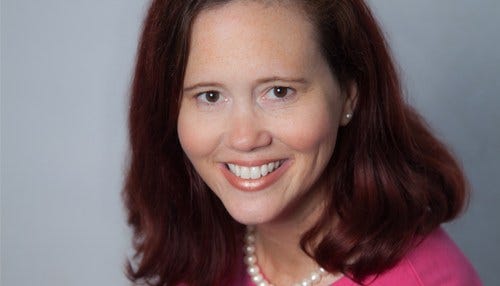Housing in The 21st Century: Are We Doing it Right?

Subscriber Benefit
As a subscriber you can listen to articles at work, in the car, or while you work out. Subscribe NowThe 21st century is upon us. Yet, I think we’re still building 20th century housing. As an entrepreneur and someone focused on the future, this really bothers me, and I’m guessing it bothers a few other people too. If you’re in this camp, or even if you’ve never thought about it before, read on.
There have been recent articles about a need for universal income in the future. A candidate for POTUS in 2020 is already discussing this option, Andrew Yang. However, I argue we should try a preventative approach. Maybe we shouldn’t start handing out money, but instead, create ecosystems where people can afford to live in the first place?
Here’s one place: creating affordable housing options. I lamented the other week about my home city, Fishers, IN’s ridiculously high costs of housing. (And yes, I understand that they’re still lower cost relative to the coasts, but I’m here in the Midwest where it has been historically cheaper to live.) That drove me to look up the minimum square footage in my city to build a single family dwelling (which is another problem I have with land zoning categories, but I’ll save that rant for another day). From my review, I’m pretty sure the minimum square footage is 2,100 sq. ft. (unless, of course, I’m looking at the wrong document.)
What I want to know is – how did they come up with that number? Do they randomly come up with numbers? I did a quick google search and found this law review article on how small a house could or should be–with a dispute over 768 square feet. The average studio apartment size in Manhattan is 550 sq. ft. in this article, which is now 2 years old! WHO is and HOW are we creating these numbers?
The square footage minimum isn’t really the point here. The point is this: why do we need to build big McMansions in an era when people are not marrying as quickly, staying single longer, with a majority in the country of Americans being single vs. being married, a coming tsunami of older Americans retiring, and only providing ONE type of housing that potentially puts people in tons of crushing debt?
I’m sure at this point, the land developers creating apartment complexes will argue that they’re solving the problem by creating affordable rental options. However, that doesn’t build equity and roots within a community. It just gives renters an opportunity to put a roof over their heads without building equity at a lower monthly cost. The second argument would be that builders can’t make decent margins on tiny houses, so they continue to build large McMansions that really no one can afford. The third argument might be that tiny means ugly, or that average Americans would never live in tiny houses.
All three are ridiculous. First, apartment renters will rarely grow roots within a community, because they’re building zero equity in where they live. There’s no incentive for them to stay, other than it’s cheaper. Second, how much profit do builders REALLY need to make when building? And, if they’re building and developing an entire subdivision, there has to be some type of economies of scale in building many houses in one area, regardless of what type or size of house they’re building. Last, big does not mean pretty, and small doesn’t mean ugly. Small can be well designed and also create community.
Small and affordable can also spark entrepreneurship. Many people dreaming of being their own bosses can’t be, because they have bills to pay, and often, the largest bill every month is one’s mortgage. It’s hard to be creative when you’re worried about making your mortgage payment. Read this article that just appeared in the New York Times about artists with day jobs.
I’m going to list below some options that are working in tiny houses and affordable living. And I’d ask my mayor, and all other mayors and governors who are really forward thinking and trying to compete with the rest of the world now and in the future to consider tiny housing and other housing options for their communities through this article. Stop building McMansions. We don’t really want or even need them anymore. And don’t hand out universal income either – instead, make housing and living affordable in the first place, WHILE building equity and community. For me, as a single woman with the only debt I have as my mortgage, I can only dream of a day where my mortgage is paid off. Until then, I’ll continue to scratch my head as to why my city doesn’t offer housing that’s reasonable, affordable, builds personal equity, community equity and above all–freedom.
Erin Albert is a health outcomes pharmacist and author of the new book, "Single Women Entrepreneurs: 5 Years Later."
